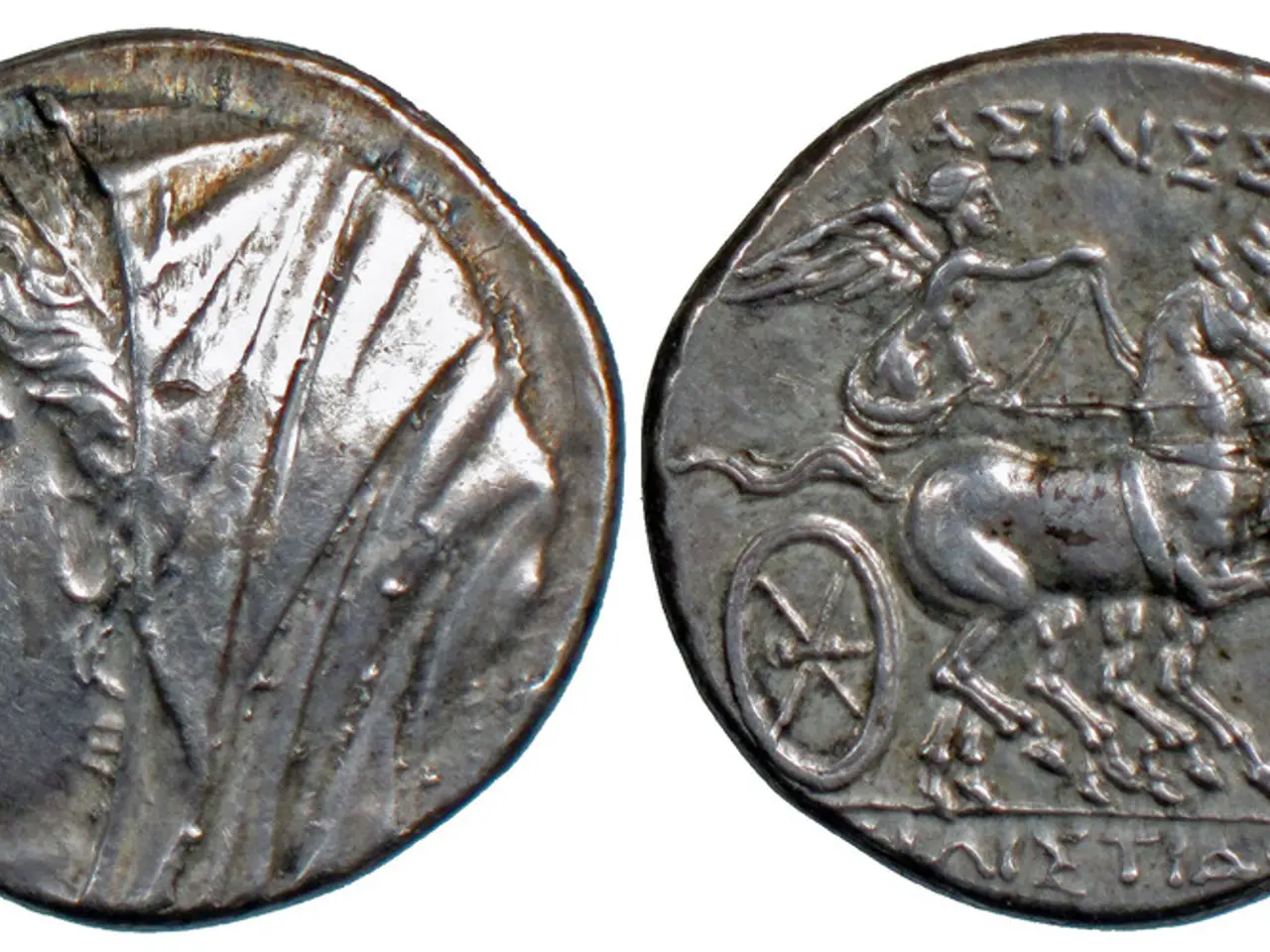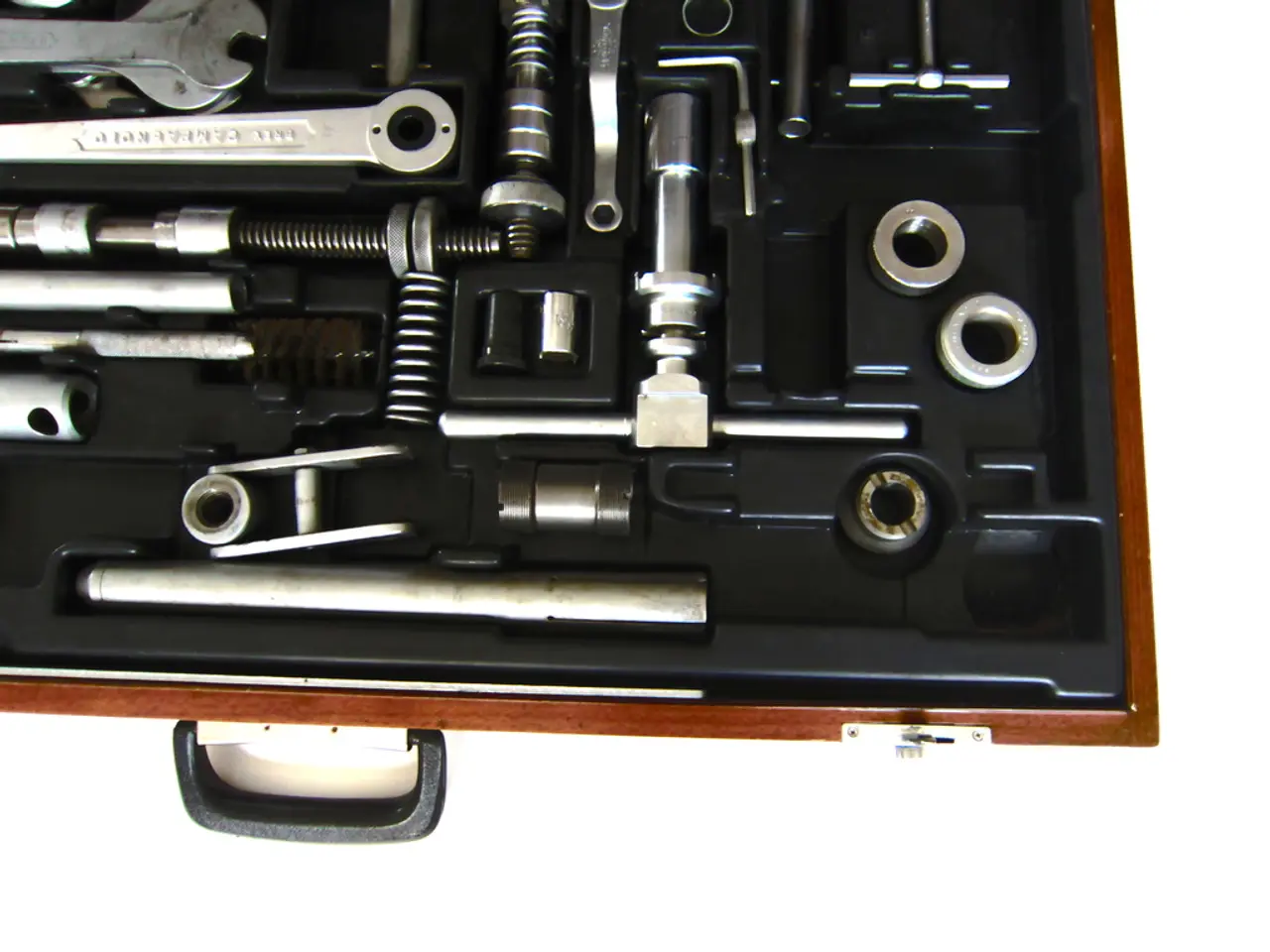Economic Integration: Advantages, Disadvantages, and Its Mechanisms ( Illustrated through the EU )
The European Monetary Union (EMU), established in 1992 by the Maastricht Treaty, is a prime example of a monetary union. This economic agreement among countries fosters deeper ties by establishing a shared currency and centralized monetary policy.
A monetary union, like the EMU, is a specific part of the broader economic union concept. While it primarily focuses on monetary integration—removing exchange rate fluctuations, reducing transaction costs, increasing price transparency, and fostering monetary stability—economic policies like fiscal and labor market policies often remain under national control.
In contrast, an economic union is a broader and deeper form of integration. It includes the free movement of capital, labour, goods, and services between member countries, along with the harmonization and coordination of economic policies beyond just monetary policy. Economic union involves integrating markets, labour mobility, and economic regulations, aiming for a unified economic space that goes beyond monetary issues to economic policy alignment and shared economic governance.
The EMU, by adopting a single currency, the Euro, and a joint monetary policy, has significantly streamlined cross-border transactions and reduced uncertainty within the economic bloc. This has led to a more efficient allocation of resources, increased competition, market size, and innovation. The free movement of goods and services has resulted in a wider selection of goods and potentially lower prices for consumers.
The EMU also fosters deeper financial integration within the EU, potentially attracting foreign investment and creating a more favorable environment for businesses operating across the eurozone. By eliminating trade barriers like tariffs and quotas, the EMU functions like a borderless state for trade, improving creditworthiness for member countries, leading to lower borrowing costs for member governments and businesses.
The European Central Bank (ECB) is the central governing body for the EMU, responsible for monetary policy for all EMU member states. The ECB sets interest rates and manages the Euro, the shared currency adopted by 19 of the 28 EU member states as of 2019. The EMU's shared currency and standardized monetary policy project a stronger, more unified economic front for the EU in international negotiations.
In summary, a monetary union, such as the EMU, is an agreement among countries to share a single currency, fostering deeper economic ties. It is an essential component of the broader economic union concept, focusing on monetary policy unification, while an economic union involves wide-ranging policy and market integration.
Engaging in finance, businesses in the European Monetary Union (EMU) may benefit from increased efficiency in cross-border transactions and a more favorable investment climate due to the EMU's deeper financial integration. This could potentially tempt foreign investors and create a more advantageous environment for businesses operating across the eurozone.
For self-improvement and career growth in a business environment like the EMU, education-and-self-development on topics such as fiscal policies, labor market dynamics, and economic governance may be valuable, as these areas are crucial for understanding and navigating the interconnected economic landscape of the union.




